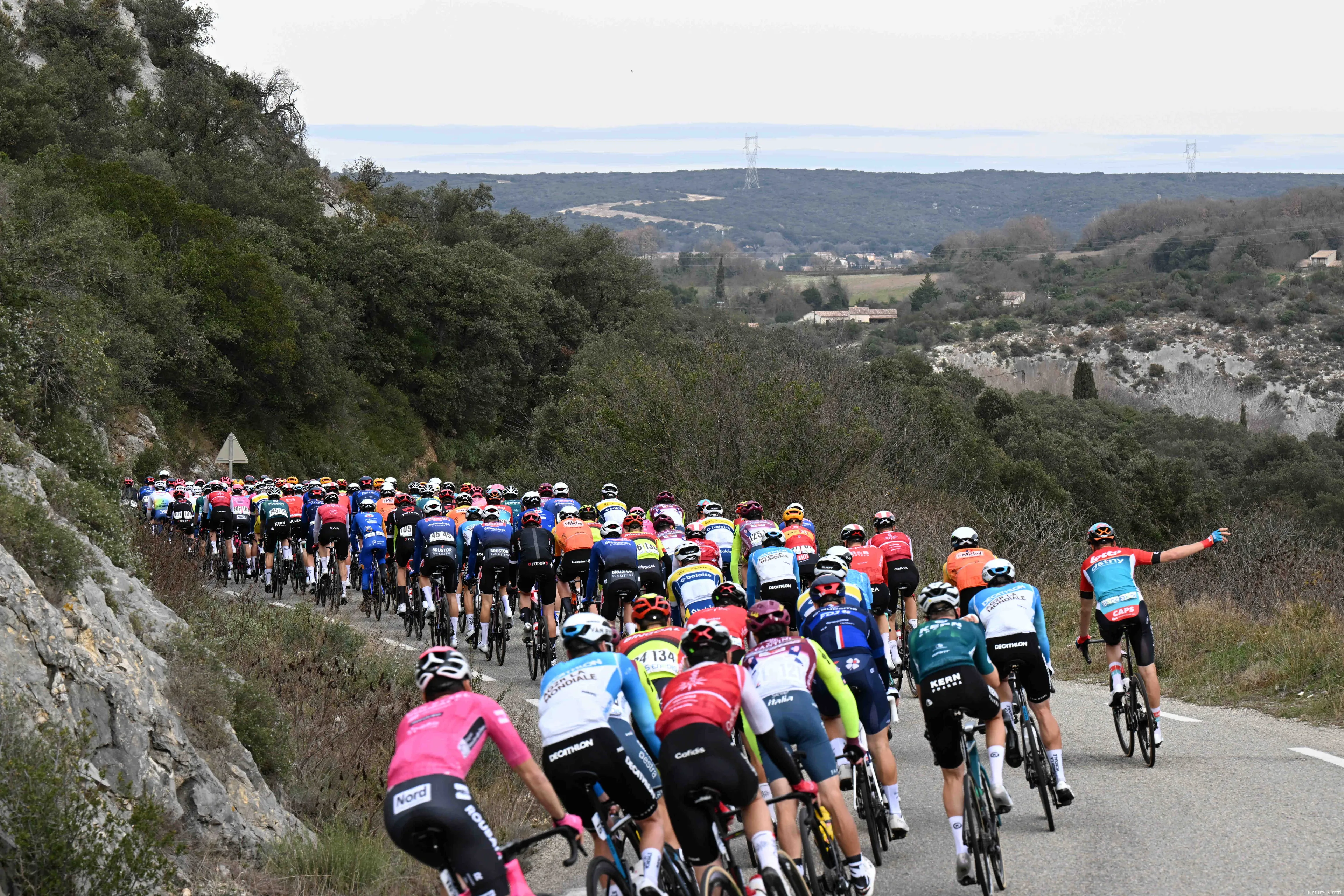
Remember when bike helmets were just foam and plastic shells? Those days feel distant now. Today's smart helmets represent a remarkable fusion of traditional safety and cutting-edge technology-creating protection that actively works to keep you safe. Studies consistently show helmets reduce serious head injury risk by up to 85%, but modern versions go beyond passive protection, employing artificial intelligence to anticipate and respond to dangers before they become life-threatening.
The technological transformation we're witnessing extends far beyond cycling. From connected homes to automated banking, innovation touches nearly every aspect of daily life. Even entertainment has evolved dramatically-take gaming platforms, including the best bitcoin casinos, which utilize sophisticated encryption and verification technologies similar to those found in modern smart helmets. Both domains prioritize user security through advanced authentication methods and real-time monitoring systems.
The parallels might seem unexpected, but they underscore how protective technologies cross industries, creating safer experiences whether you're navigating digital transactions or busy city streets. This interconnected approach to safety extends to cycling, where smart helmets now incorporate multiple systems working together to shield riders from harm.
Artificial intelligence vision systems
After riding mishaps, the typical theme was "I never saw it coming". Not now. Smart helmets with two rear-mounted cameras now give riders complete 240-degree vision, therefore removing blind spots that have dogged riders for decades. With sophisticated computer vision algorithms that can separate between automobiles, people, and any hazards, the Intelligent Cranium iC-R series embodies this technology-constantly analysing your surroundings.
When a motorist abruptly speeds off a side street, your attention is on the road ahead. Subtle vibrations or aural signals from your helmet notify you to the oncoming car even before you have registered the threat. Real-time processing and proximity sensors enable this split-second warning-made feasible that might make all the difference between a close call and a catastrophic collision.
These systems help to protect society beyond only personal safety. Should a problem arise, the front-facing 1080p cameras capture your rides and offer priceless proof. More intriguing still, this crowd-sourced data enables urban designers to pinpoint dangerous crossings and enhance infrastructure; your everyday ride literally shapes the cycling scene for everyone.
When seconds count
The worst has happened-you've crashed. Now what?
Modern smart helmets don't leave that question unanswered. Advanced crash detection algorithms instantly recognize impact patterns consistent with accidents. Should you remain motionless for more than 15 seconds after such an event, Quin-equipped helmets automatically alert emergency contacts with your precise location. No manual intervention required.
The sobering truth is that only 19.1% of helmet-wearing cyclists sustain severe traumatic brain injuries in accidents, compared to a staggering 47.6% of those without helmets. Smart systems amplify this protection by slashing response times when every moment matters.
Smart connections
Ever wish you could read drivers' minds? Vehicle-to-Cyclist (V2C) communication comes remarkably close.
The latest smart helmets establish two-way digital conversations between your headgear and nearby vehicles. Smart helmets combine crash detection with predictive AI to warn you of potentially dangerous situations before they develop. Approaching cars can "tell" your helmet their speed, direction, and intended turns, while your helmet broadcasts your presence to vehicles that might otherwise miss seeing you.
This digital dialogue transforms chaotic urban environments into more coordinated spaces. Fifteen riders can maintain group communication through integrated systems, coordinating turns and alerting each other to obstacles ahead. Voice commands let you control these features without removing your hands from the handlebars-simply speak naturally to adjust settings, answer calls, or control navigation.
The technology feels almost prescient at times. Yesterday, my helmet warned me of a car approaching from behind that planned to turn right across my path. That subtle heads-up prompted me to slow slightly, avoiding a potential right-hook collision before it materialized. These small moments of prevention rarely make headlines, yet they represent the quiet revolution occurring on our streets.
Development of the market
Numbers provide a fascinating narrative on smart helmet acceptance. About 25% of all bicycle helmets sold now include integrated smart technology, a number predicted to rise significantly by year's end.
For these devices, the safety case rests on firm statistical basis. Conventional helmets already cut fatal head injury risk by 65%; smart designs compound this protection by means of preventative and response optimisation. Leading products like the Unit 1 AURA Cycling System and the Nyxel helmet by Lumos have evolved from niche goods to mass-market choices with pricing becoming more competitive as manufacturing volume increases.
Consumer awareness continues rising as more cyclists experience near-misses, often prevented by these systems. I've watched skeptical friends transform into advocates after their first warning beep alerts them to an unseen danger. The market reflects this conversion experience-early adopters convinced their peers, creating an organic growth pattern that traditional advertising couldn't have achieved alone.
Where are we going?
Smart helmets are changing our interaction with urban mobility and cycling, not only reflecting tech novelty. Often the difference between someone deciding to ride a bike or turning to a car for a quick trip is their confidence.
Looking ahead, integration between these helmets and more general smart city projects will becoming more intense. Traffic signals will interact immediately with approaching bikes; automobiles will keep safe passing distances by default; and accident rates will keep their downward path.
We are past the days when helmets only lessened the severity of injuries following accidents. Today's smart helmets aggressively stop those mishaps at all-invisible guards combining computational vigilance with human awareness. For people who enjoy riding, this welcome change represents freedom to ride with more confidence and relationship to the road and each other.
The next time you clip on your helmet, take a moment to appreciate that quiet intelligence working to keep you safe-it represents one of the most meaningful applications of AI in our daily lives.
claps 0visitors 0
Just in
Popular news
Latest comments
- He k another race off Pogi's list of winsmd197514-12-2025
- Wrong Choice. they cannot reconcile between Pedersen and Milan and Ayuso and Skejlmose, He will be in no man's landabstractengineer14-12-2025
- I like see him compete against Ayuso at Vuelta.
 KerisVroom14-12-2025
KerisVroom14-12-2025 - They'll be the new target for protests, even if Adams isn't involved. Just being tied to that team is a really bad idea. Its probably going to hurt Canyon too.Veganpotter14-12-2025
- He’s done cross before. I bet if he dedicated himself to that he’d start cleaning up.mobk14-12-2025
- 1. No, the team owners want to have reliable money without having to actually perform. 2. It's "creative destruction". It's how things improve. Resources and labor are put to more productive uses. 3. That'd be more likely to happen if you listened to these "cycling is unsustainable" whiners. 4. There are thousands of pro races per year. Some teams are happy with a podium. Everything here is a Non Sequitur. -An Economistacem8214-12-2025
- I appreciate the restraint for sure.mij14-12-2025
- I was thinking the same thing. some of the questions were just terrible.mij14-12-2025
- He could always try some off road racing, where skills play a part, not just his engine. A great road rider, but not a complete all round rider......wipperman9513-12-2025
- As a cyclist, I'm amazed by his capabilities, as a fan I believe he will be considered as the best ever by the time he retires.awp13-12-2025
Loading
Write a comment






